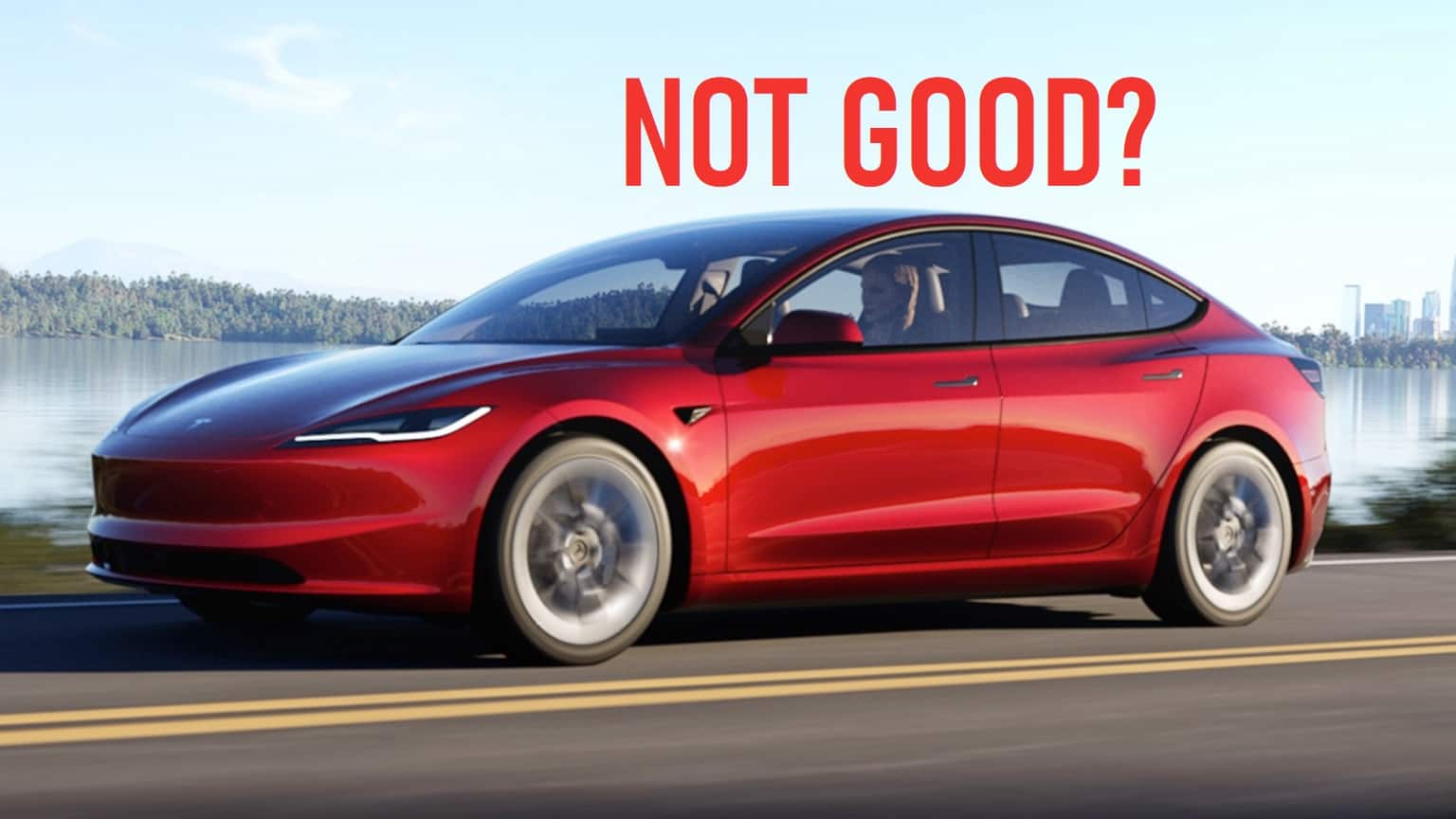
Tesla’s entry into the Indian automotive market has been a topic of significant interest and speculation. With its advanced technology and global reputation, Tesla is poised to make a substantial impact. In this article, we’ll explore Tesla’s advantages over local Indian EV makers, the future of electric vehicles (EVs) in India post-Tesla entry, and how Tesla’s technology and strategies are set to transform the Indian market.
Tesla’s Advantages Over Local Indian EV Makers
Tesla brings several advantages to the Indian EV market that local manufacturers may find challenging to match:
1. Cutting-Edge Technology
Tesla’s vehicles are renowned for their cutting-edge technology. From advanced autopilot systems to over-the-air updates, Tesla offers features that are often ahead of what local manufacturers can provide. The integration of artificial intelligence and machine learning in Tesla’s cars ensures a superior driving experience and continuous improvements.
2. Global Brand Recognition
Tesla’s brand is a powerful asset. Its reputation for innovation and quality gives it a strong edge in attracting Indian customers who are looking for premium electric vehicles. The “Tesla” badge often implies a higher status, which can be a significant factor in the Indian market.
3. Extensive Supercharger Network
One of Tesla’s standout features is its extensive Supercharger network. This network ensures that Tesla owners have access to fast and convenient charging options, reducing range anxiety—a common concern among EV users. In contrast, local EV charging infrastructure is still developing and may not match the convenience offered by Tesla.
The Future of Electric Vehicles in India Post-Tesla Entry
Tesla’s entry into India is expected to have a profound impact on the electric vehicle landscape:
1. Increased EV Adoption
Tesla’s presence is likely to boost overall EV adoption in India. As Tesla introduces more affordable models and its cutting-edge technology becomes more widely available, it will encourage other manufacturers to accelerate their EV plans.
2. Enhanced Charging Infrastructure
With Tesla’s Supercharger network setting a high standard, there is likely to be an increased push for the development of more comprehensive and faster EV charging infrastructure across India. This will benefit all EV owners, not just those driving a Tesla.
3. Competitive Market Dynamics
Tesla’s entry will intensify competition in the EV market. Local manufacturers will need to innovate and enhance their offerings to keep up with Tesla’s advanced technology and premium features. This competition will drive improvements and potentially lower prices, benefiting consumers.
Tesla’s Market Positioning Strategy in India
Tesla’s strategy for entering the Indian market includes several key elements:
1. Local Manufacturing
Tesla is exploring the possibility of establishing a manufacturing plant in India. This move would help reduce costs associated with import duties and make Tesla vehicles more affordable for Indian consumers. It would also create local jobs and contribute to the Indian economy.
2. Targeting Premium Segments First
Initially, Tesla may target the premium segment of the market with its high-end models like the Model S and Model X. This strategy allows Tesla to build brand recognition and establish a foothold before introducing more affordable models.
3. Leveraging Government Policies
Tesla will likely leverage favorable government policies aimed at promoting electric vehicles. These include incentives for EV buyers and subsidies for manufacturers. By aligning with these policies, Tesla can benefit from reduced costs and increased consumer interest.
How Tesla’s Technology Stands Out in the Indian Market
Tesla’s technology is a significant differentiator in the Indian market:
1. Autopilot and Full Self-Driving
Tesla’s Autopilot and Full Self-Driving (FSD) capabilities are among the most advanced in the industry. These features offer a glimpse into the future of driving, with capabilities such as automatic lane changes, traffic-aware cruise control, and even autonomous parking.
2. Over-the-Air Updates
Tesla’s ability to provide over-the-air updates means that owners continuously receive new features and improvements without needing to visit a service center. This approach contrasts with many local manufacturers who may not offer such regular and seamless updates.
3. Long Range and Fast Charging
Tesla’s vehicles are known for their impressive range and fast-charging capabilities. The combination of high battery efficiency and the extensive Supercharger network ensures that Tesla drivers experience fewer range anxiety issues compared to other EVs.
Tesla Model 3 vs. Tata Nexon EV: A Detailed Comparison
Comparing Tesla’s Model 3 with Tata’s Nexon EV provides insight into the strengths of each vehicle:
1. Performance and Range
- Tesla Model 3: Known for its superior performance, the Model 3 offers a long range of up to 500 kilometers on a single charge, depending on the variant. Its acceleration and top speed are also notable.
- Tata Nexon EV: The Nexon EV offers a range of approximately 300 kilometers, which is lower than the Model 3. However, it is more budget-friendly and suitable for city commutes.
2. Technology and Features
- Tesla Model 3: Comes with advanced features like Autopilot, a large touchscreen interface, and regular software updates.
- Tata Nexon EV: While it offers a solid set of features for its price, including a touchscreen and various driving modes, it lacks the advanced driver assistance systems found in the Model 3.
3. Price
- Tesla Model 3: Positioned as a premium vehicle with a higher price point, reflecting its advanced technology and performance.
- Tata Nexon EV: More affordable, making it a viable option for budget-conscious buyers seeking an electric vehicle.
Pros and Cons of Tesla Manufacturing in India
Pros
- Reduced Costs: Local manufacturing could significantly lower costs due to reduced import duties.
- Job Creation: Establishing a manufacturing plant would create jobs and boost the local economy.
- Increased Affordability: Lower production costs could lead to more affordable Tesla models for Indian consumers.
Cons
- Initial Investment: Setting up a manufacturing plant requires a substantial initial investment.
- Supply Chain Challenges: Establishing a reliable local supply chain for parts and materials could be challenging.
- Regulatory Hurdles: Navigating local regulations and obtaining necessary approvals may be complex.
How Tesla’s Global Experience Could Help in India
Tesla’s global experience provides several advantages for its entry into the Indian market:
1. Proven Success
Tesla’s success in various international markets demonstrates its ability to adapt and thrive in different environments. This experience will help Tesla navigate the Indian market effectively.
2. Established Best Practices
Tesla’s established best practices in manufacturing, technology, and customer service will be beneficial in setting up operations in India. These practices can help streamline processes and ensure high standards.
3. Global Supply Chain
Tesla’s global supply chain expertise will aid in sourcing high-quality components and managing logistics, which is crucial for maintaining product quality and availability.
The Role of Tesla’s R&D in Making Cars for India
Tesla’s research and development (R&D) efforts play a crucial role in adapting vehicles for the Indian market:
1. Localization of Features
Tesla’s R&D will focus on localizing features to meet Indian consumer preferences and road conditions. This includes adjusting the vehicle’s software and hardware to suit local driving habits and infrastructure.
2. Cost Optimization
R&D efforts will also focus on optimizing the cost of manufacturing, which is essential for making Tesla vehicles more affordable for Indian buyers. This includes developing cost-effective solutions for components and production processes.
3. Enhancing Efficiency
Tesla’s R&D team will work on enhancing the efficiency of its vehicles to ensure they perform well in India’s diverse climate and driving conditions.
How Tesla’s Affordable Model Could Capture the Indian Market
Tesla’s strategy to introduce a more affordable model is likely to be a game-changer for the Indian market:
1. Expanding Market Reach
An affordable Tesla model will make electric vehicles accessible to a broader segment of the Indian population. This can significantly increase Tesla’s market share and promote widespread adoption of EVs.
2. Competing with Local Brands
A lower-priced Tesla model will directly compete with existing local EVs, pushing local manufacturers to innovate and improve their offerings.
3. Driving EV Adoption
By offering a more affordable option, Tesla will contribute to the growth of the EV market in India, encouraging more consumers to switch to electric vehicles.
Tesla’s Competitors in India: A Comprehensive Guide
Tesla’s competitors in the Indian EV market include several key players:
1. Tata Motors
Tata Motors offers the Nexon EV, which is one of the most popular electric vehicles in India. It provides a budget-friendly option with decent range and features.
2. Mahindra & Mahindra
Mahindra’s eKUV100 and eVerito are among the electric vehicles that cater to the Indian market. They focus on affordability and practicality.
3. Hyundai
Hyundai’s Kona Electric is another competitor, offering a higher range and premium features. It caters to consumers looking for a more upscale electric vehicle.
Why India Is a Crucial Market for Tesla
India represents a significant opportunity for Tesla:
1. Growing EV Market
India’s EV market is expanding rapidly, driven by increasing environmental awareness and government incentives. Tesla’s entry will tap into this growing demand.
2. Large Consumer Base
With a large and diverse consumer base, India offers substantial potential for Tesla to increase its market share and drive sales.
3. Strategic Location
India’s location in Asia provides a strategic advantage for Tesla’s regional expansion efforts, making it a key market in the company’s global strategy.
Tesla’s Global Expansion Strategy and
Its Relevance to India
Tesla’s global expansion strategy includes entering new markets and scaling operations:
1. Market Diversification
Expanding into India aligns with Tesla’s strategy to diversify its market presence and reduce reliance on existing markets.
2. Scaling Operations
India’s growing EV market presents an opportunity for Tesla to scale its operations and increase production capacity, contributing to its overall growth.
3. Leveraging Local Partnerships
Collaborating with local partners for manufacturing and supply chain management will help Tesla navigate the Indian market more effectively.
How China’s EV Market Influences Tesla’s India Plans
China’s EV market impacts Tesla’s strategy in India in several ways:
1. Lessons Learned
Tesla’s experience in China, which is the world’s largest EV market, provides valuable insights into market dynamics, consumer preferences, and regulatory challenges. These lessons can be applied to India.
2. Supply Chain Insights
China’s well-developed EV supply chain offers insights into sourcing and manufacturing practices that Tesla can adapt for the Indian market.
3. Competitive Landscape
The competitive landscape in China helps Tesla understand how to position itself against local competitors in India and tailor its strategy accordingly.
The Role of Superchargers in Tesla’s India Strategy
Tesla’s Supercharger network will play a crucial role in its strategy for India:
1. Reducing Range Anxiety
Superchargers will help reduce range anxiety for Tesla owners by providing fast and convenient charging options across the country.
2. Enhancing Customer Experience
A robust Supercharger network will enhance the overall customer experience, making Tesla ownership more practical and appealing in India.
3. Supporting Growth
As Tesla expands its presence in India, the Supercharger network will support its growth by ensuring that charging infrastructure keeps pace with the increasing number of Tesla vehicles on the road.
What Indian EV Policies Need to Attract Tesla
To attract Tesla, Indian EV policies should focus on:
1. Incentives and Subsidies
Offering incentives and subsidies for both manufacturers and consumers can make EVs more attractive and affordable.
2. Streamlined Regulations
Simplifying regulatory processes for setting up manufacturing facilities and importing vehicles can encourage Tesla to invest in the Indian market.
3. Infrastructure Development
Investing in charging infrastructure and providing support for its development will help create a favorable environment for Tesla and other EV manufacturers.
Tesla’s entry into India promises to bring significant changes to the electric vehicle landscape. With its advanced technology, global experience, and strategic plans, Tesla is well-positioned to make a substantial impact. The success of Tesla in India will likely drive innovation, enhance competition, and accelerate the adoption of electric vehicles in the country.













